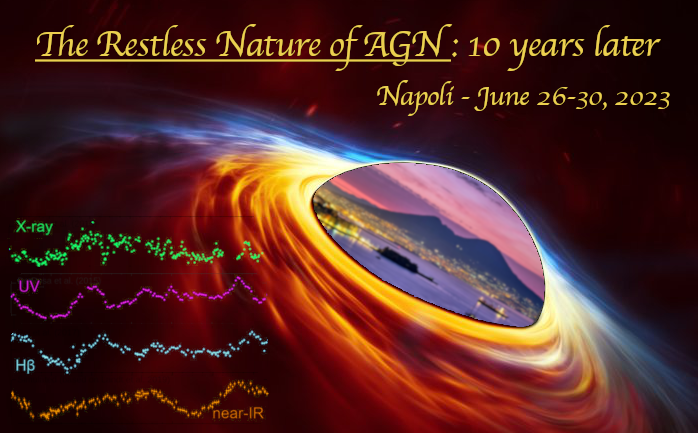Speaker
Description
All quasars show a common stochastic variability, seen across various observed wavelengths and timescales. The origin of this variability is still uncertain, though variability in the optical is thought to stem from processes in the accretion disk around the SMBH. Time-series variability analysis presents a unique way to probe a quasar's geometry and dynamics in this regime without ultra-fine spatial resolution.
Optical quasar variability has been shown to be well-described by the Damped Random Walk (DRW) model, which is parameterized by a characteristic timescale $\tau_{\rm DRW}$ and amplitude $\sigma_{\rm DRW}$. A set of these parameters for a sample of quasars can be used to describe the variability statistically, which can then be related to physical properties of the accretion disk and its SMBH. For example, it has been shown that $\tau_{\rm DRW}$ correlates with the SMBH mass $M_{BH}$.
To investigate the validity and bias of the DRW model, in a recent work, we perform DRW-fitting analysis on multi-band 20-year-long optical quasar light curves for a sample of nearly 200 quasars, the longest baseline so far in DRW analysis.
We find that many of the timescales are still biased, though they are becoming less biased as baselines increase. We also find, using more flexible models, that the group (i.e., ensemble) power spectrum of the sample differs from the theoretical DRW model power spectrum on short timescales ($<$ a month), though matches it on longer timescales ($\sim$ months to years).
I will discuss the future of DRW and variability studies, involving reverberation mapping projects and correlations to certain timescales and instabilities within the disk. I’ll also mention the help that future surveys and programs (e.g., LSST and DECam) will provide in this type of analysis.

